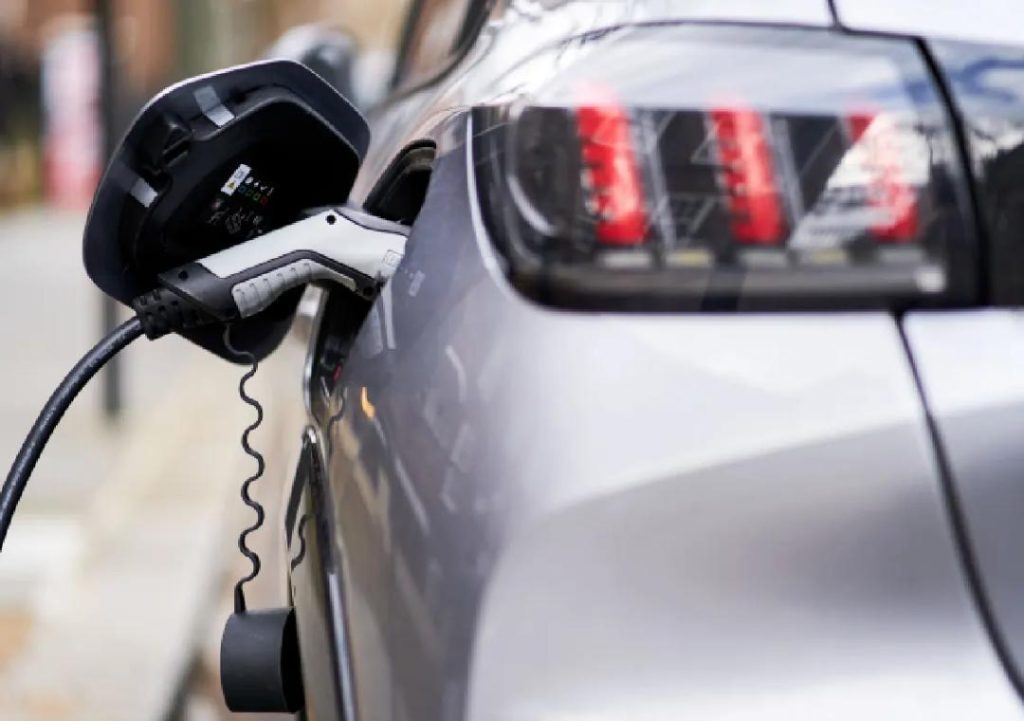
Why are EV costs staying stubbornly high?
The electric vehicle (EV) market has been gaining momentum in recent years, with many manufacturers investing heavily in the development of new models and technologies. However, despite the growing demand for EVs, costs remain a significant barrier to widespread adoption. One of the main reasons for this is the high cost of battery production, which accounts for a significant portion of the overall cost of an EV.
Expensive battery production
Batteries are the heart of any electric vehicle, and their production is a complex and costly process. The cost of lithium, a key mineral used in the production of EV batteries, has been rising in recent years, driven by growing demand and limited supply. This has pushed up the cost of battery production, making it more difficult for manufacturers to produce affordable EVs.
According to a report by Growth Jockey, the cost of lithium has increased by over 50% in the past year alone, making it one of the most expensive minerals on the market. This has resulted in higher production costs for EV batteries, which are then passed on to consumers in the form of higher prices for the vehicles themselves.
Limited availability of key minerals
In addition to the high cost of lithium, the limited availability of other key minerals such as cobalt and nickel is also a major challenge for the EV industry. These minerals are used in the production of EV batteries and are in short supply, which has driven up prices and made it more difficult for manufacturers to produce affordable EVs.
Cobalt, in particular, is a major concern for the EV industry. The Democratic Republic of Congo is the world’s largest producer of cobalt, but the country’s mining practices have been criticized for being environmentally and socially unsustainable. This has led to concerns about the long-term sustainability of the cobalt supply chain and the potential for shortages and price volatility.
Manufacturers address the challenges
Despite these challenges, manufacturers are taking steps to address the high costs of EV production. One approach is to simplify vehicle designs, which can help to reduce production costs by minimizing the number of components and reducing the complexity of the manufacturing process.
Another approach is to standardize parts across models, which can help to reduce costs by allowing manufacturers to produce components in larger quantities and take advantage of economies of scale. This approach is being adopted by many manufacturers, including Tesla, which has standardized many of its components across its range of models.
Manufacturers are also forming partnerships with other companies to develop joint components, which can help to reduce costs by sharing the costs of research and development and production. This approach is being adopted by many manufacturers, including Volkswagen, which has partnered with other companies to develop a range of new components for its EVs.
Maintaining performance while reducing costs
While reducing costs is a key goal for manufacturers, it’s also important to maintain the performance and quality of their vehicles. One approach is to use advanced materials and technologies, such as graphene and advanced battery management systems, which can help to improve the performance and efficiency of EV batteries.
Another approach is to focus on the development of new powertrains and technologies, such as electric motors and advanced transmission systems, which can help to improve the performance and efficiency of EVs. This approach is being adopted by many manufacturers, including General Motors, which is developing a range of new electric powertrains and technologies for its EVs.
Conclusion
Despite the challenges posed by the high costs of EV production, manufacturers are taking steps to address these issues and make EVs more affordable for consumers. Simplifying vehicle designs, standardizing parts across models, and forming partnerships for joint component development are all key strategies being adopted by manufacturers to reduce costs while maintaining performance.
The availability of key minerals such as lithium, cobalt, and nickel is also a major challenge for the EV industry, but manufacturers are working to address these issues by developing new technologies and supply chains. By taking these steps, manufacturers can help to make EVs more affordable and accessible to a wider range of consumers, which is essential for achieving widespread adoption and reducing greenhouse gas emissions.
Source:
https://www.growthjockey.com/blogs/challenges-in-ev-industry






